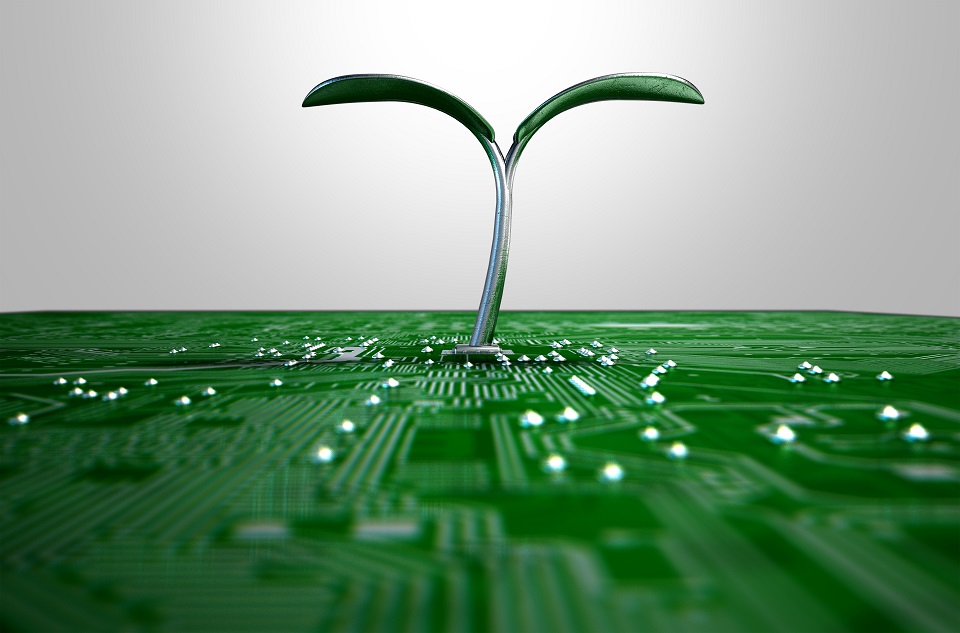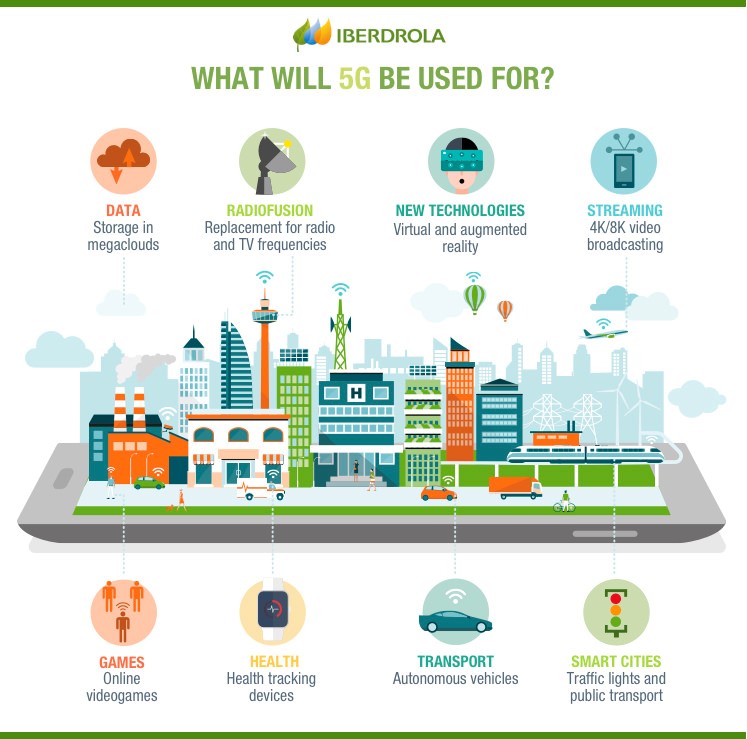We discuss the following topics in this blog:
- Importance of Green Data Centres.
- What is the Role of 5G in Green and Sustainable Functioning?
- What is the Impact of Green Data Centres?
In addition to these topics, we shall also be answering the following FAQs:
- What is a data centre?
- What is cloud computing?

Contents
Overview
The United Nations, in September 2015, announced new goals for global sustainable development. This initiative by the leading international body was ambitious and far-reaching with a commitment to “protect the planet from degradation, including through sustainable consumption and production, sustainably managing its natural resources and taking urgent action on climate change, so that it can support the needs of the present and future generations.”
As the world today faces a plethora of environmental and conservation challenges with respect to energy and transportation, water and air quality and building design, on-going technological advances are helping governments and businesses deal with these issues. Understanding the extent of these problems is essential to map out and device a strategy to tackle these and a vital aspect within this is to recognize and comprehend emerging technologies for improved and sustainable services.
As a result, large companies and SMEs are compelled to embrace sustainable business strategies in their day to day functioning. Until a few years back, this futuristic approach was given importance in order to gain a competitive advantage but in the present scenario, these practices have become an integral aspect of modern businesses. A company’s success and future are now majorly dependent on deploying and adhering to environmentally responsible and green business practices.
Importance of Green Data Centres
Modern day corporations and businesses are largely dependent on data centres for smooth and efficient functioning. Be it government initiatives or ecommerce sites, data centre operations are at the core of a successful business venture and its continuity. This leads to companies operating throughout the day and being more connected on a global scale. An inevitable result of this is the amplified pressure and drainage of energy resources and compute capabilities.
This degradation of resources and the environment has given rise to the need for energy-efficient data centres and cloud centres with reduced environmental impacts. A computer environment that makes efficient use of existing resources while reducing carbon footprint and environmental impact is one way to define a green data centre. It also helps you implement energy-saving practices.
What is the Role of 5G in Green and Sustainable Functioning?
With the emergence of the Internet of Things and 5G network, it has become easier to deploy technology to promote long-term sustainability and protect the environment. Faster, efficient and new-age technologies are gradually becoming an integral part of the global initiatives to combat sustainability challenges.

The development of 5G has led to the accessibility of data a hundred times faster than the previous wireless technologies. This leaves no room for latency in the response time. 5G allows the expansion of the cellular internet of things, bringing together a plethora of new, innovative and existing technologies. These include cloud data centres, cloud-based storage and a range of connected services and devices.
Network providers across the globe are working to ensure the implementation of 5G at a rapid pace for better innovation. STL is a leading 5G ready digital network integrator that helps cloud companies, large enterprises and telcos make it possible. With operations in over 100+ countries including Indonesia, India, and Singapore, STL is harnessing technology to provide next-generation connections that will help transform everyday living.
Businesses, corporations and governments will have the bandwidth with respect to connectivity, capability and agility, to meet the sustainability challenges faced across the globe! As we work towards safeguarding the world we live in and the resources it provides us, 5G is a major and much needed step in making this possible.
What is the Impact of Green Data Centres?
Green data centres are a concept that has evolved rapidly in the past couple of years as more and more corporations are moving towards sustainable functioning. Green data centre providers have highlighted the reduction in the carbon footprint of corporations by reducing energy usage and increasing efficiency.
Let’s look at how these green data centres can be achieved and contribute towards a global energy-efficient working nexus!
- Photovoltaic Energy: An efficient and quick solution is the use of solar panels. Installation of solar power panels on the roofs and walls to convert light into electricity can contribute to the consumption requirement of data centres. With enough space and an adequate financial scale, photovoltaic energy can prove to be an impactful route towards energy efficiency.
- Geothermal Systems: A function that takes up a lot of energy in data centres is cooling. The servers need to be in an environment of 26 degrees Celsius to function competently. According to studies, it is the primary source of energy consumption in most of the data centres, taking up 30% of the total electricity used. Replacing the traditional cooling systems with geothermal systems is a swift way to reduce the energy consumed. Geothermal systems make use of underwater water as it is lower in temperature. Another hack is to customise the racks that house the servers with cold air containment systems. These will guarantee maximum energy efficiency in the data centres and create a comfortable environment for the data centre operator to function in.
- Hydroelectric Power: The power of flowing water can generate energy in a clean and green manner. This is possible by taking advantage of natural water bodies and resources in your vicinity. Running a series of turbines that can help create power generated for a clean fuel source. There is no resultant pollution in this process which helps bring down the carbon emissions for the corporation as a whole.
There is no doubt that with global expansion, the growth of data, reliance on 24/7 operations and cloud computing is on the rise. This, in turn, depends on the smooth and efficient functioning of data centres and the availability of the energy required to support them. However, adopting sustainable methods and making your data centres green in the foreseeable future is the industry trend that everyone is following. Steering in the right direction, we are sure to witness a global transformation in how data centres impact the world we live in!
FAQs
What is a Data Centre?
A datacentre, sometimes referred to as a server farm, is a centralized physical location housing compute resources (high-end servers), storage (SSD, HDD, Flash, Optical), and networking equipment (routers, switches, firewalls, etc.) for collecting, storing, processing, distributing and allowing access to large amounts of data.
Apart from the IT equipment data center also houses environment controls (airflow, humidity & temperature sensors), server racks, power supplies (backup systems, generators), and cabling systems (ethernet, copper, optical fiber). Initially, data centers were introduced to manage the large influx of service requests and store user-generated data. In contrast, it has now evolved to adopt technologies such as virtualization, cloud computing, mobile, Internet of Things (IoT) applications, machine learning, artificial intelligence (AI), and big data analytics.
There are four main types of data centers:
a) Enterprise data centers – Built, owned, and managed by a company for particular use-cases for their target user set. They are usually built on-site but can also be built away from the company premise.
b) Managed services data centers – Deployed, managed, and monitored by a third-party datacentre service provider for a company. The features and functionality can be accessed by the company using a managed service platform (MSP)
c) Colocation data centers – Consist of one data center owner selling space, power, and cooling to multiple enterprises and hyperscale customers in a specific location. The company focuses entirely on running the compute, storage, and networking equipment while the data centre service provider takes care of the space, power, cooling, security, and IT racks.
d) Cloud data centers- An off-site data centre provider such as Amazon Web Services (AWS), Microsoft Azure, IBM Cloud that stores the data of various enterprises. The data is fragmented and stored at various locations across the internet (i.e. datacentres across the world). This offers enhanced security, scalability, management, reliability, customization, and cost-effectiveness.
What is Cloud Computing?
Cloud computing is a paradigm that allows On-demand network access to shared computing resources. A model for managing, storing and processing data online via the internet. The three major characteristics of cloud computing are On-Demand Service, Network Access, and shared resources.
There are three major delivery models of cloud computing, namely Software as a Service (for end-users), Platform as a service (for developers), and Infrastructure as a service (for system administrators).
1) Software as a Service or SaaS is a new method of delivering software applications. Instead of accessing the software from local servers (a powerful computer system), it uses the internet to access the software applications. To be considered SaaS, the software needs to be delivered either through a web interface or a mobile application. E.g., Microsoft 365, Salesforce CRM, Google suite apps, etc.
2) Platform as a service or PaaS is made up of a programing language execution environment, an operating system, a web server, and a database. The service enables users to build, run and compile the programs without an underlying infrastructure. Apart from the data and application resources, everything else is managed by the service-providing vendor, e.g., AWS, Azure, Google App engine, etc.
3) Infrastructure as a service or IaaS is a service that offers computing architecture & infrastructure and computing resources like data storage, virtualization, servers & networking in a virtual environment so that multiple users can access them. Apart from Applications, Data, Runtime, and Middleware, everything else is managed by the service-providing vendor. For, e.g., Cisco Metacloud, Rackspace, Amazon EC2, etc.
Uses of Cloud Computing include: Developing cloud-native applications on the go; Secure, Efficient & Reliable storage capability; Audio and Video streaming; On-Demand Software, Platforms & Infrastructure; Online Test and Build ecosystem support; Data Analytics; Embedded Intelligence; Scalability & Speed.












